The Mediterranean island of Malta was settled early on and offers much more than just hand axes from the Stone Age. In the Neolithic Age, people settled here, practiced agriculture and animal husbandry and had enough space for a spiritual social life. But how did they get to the rocky islands with their limited resources? And what prompted them to build the enormous structures that they did not need for mere survival? There is hardly a better place to ask questions about the origins of human coexistence. The small artifacts found as grave goods also testify to an early aesthetic sensibility and the ability to think abstractly and symbolically.
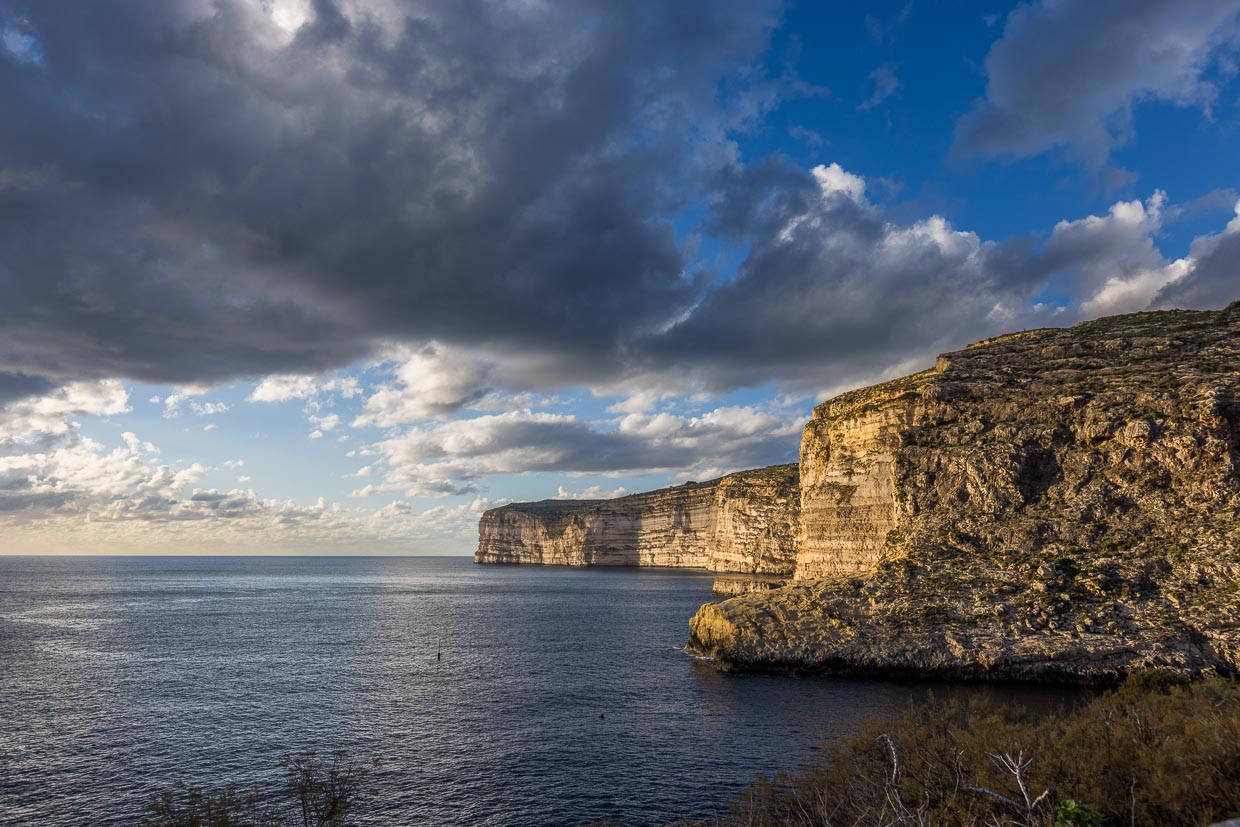
Some temples on Gozo and Malta are over 5,500 years old, making them older than the pyramids and Stonehenge. The locals called the oldest and largest the Ġgantija Temple. Due to its enormous size, with megaliths over five meters long and weighing more than 50 tons, one could only imagine that a giantess had built it.
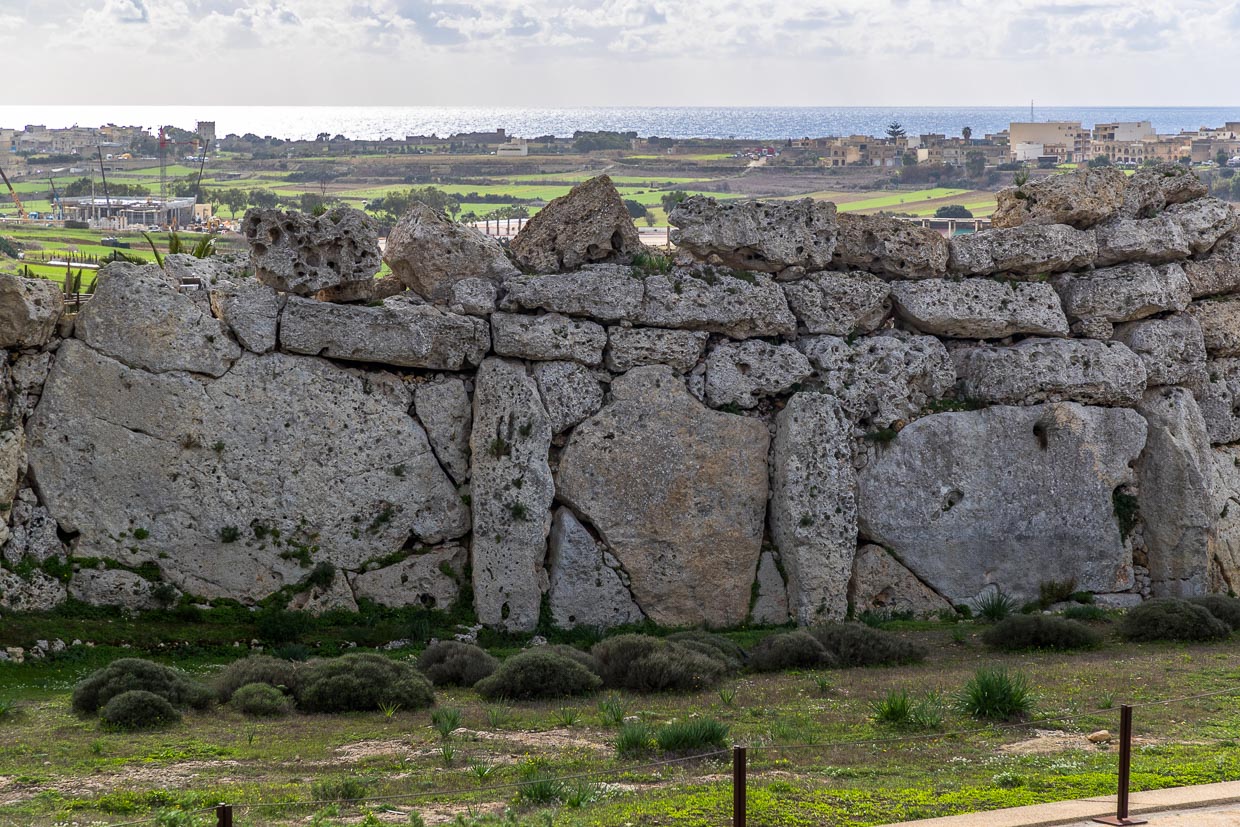
The Ġgantija complex consists of two temples, the smaller of which was built around 150 years later. Hard coral limestone was transported over five kilometers to build the outer walls. The place of worship was probably roofed over and much higher than today’s six-metre-high walls, as some stone blocks weigh over 50 tons.
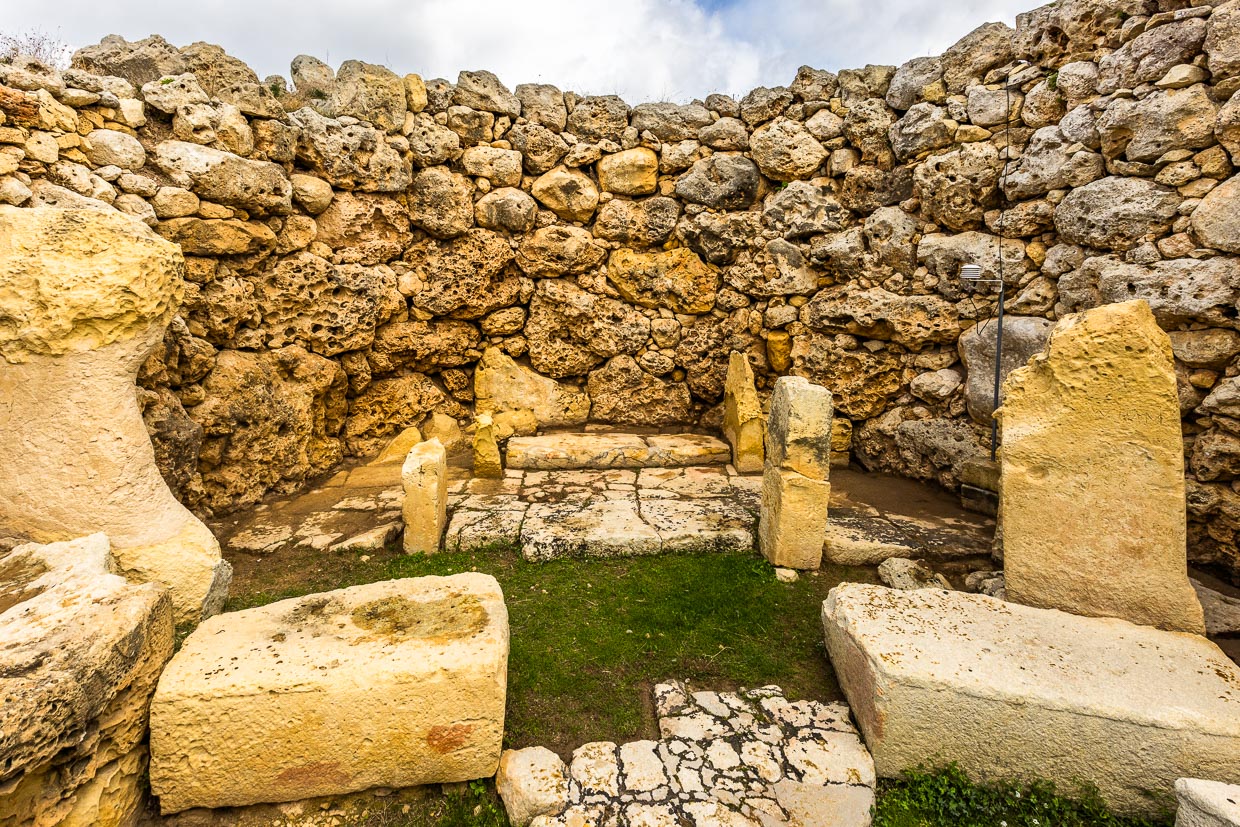
The temples provide an insight into the building techniques of the Neolithic period, while a modern visitor center helps to put everything into a historical context. Back then, many strong people had to work together in a coordinated manner for years to implement an almost unimaginable construction plan.
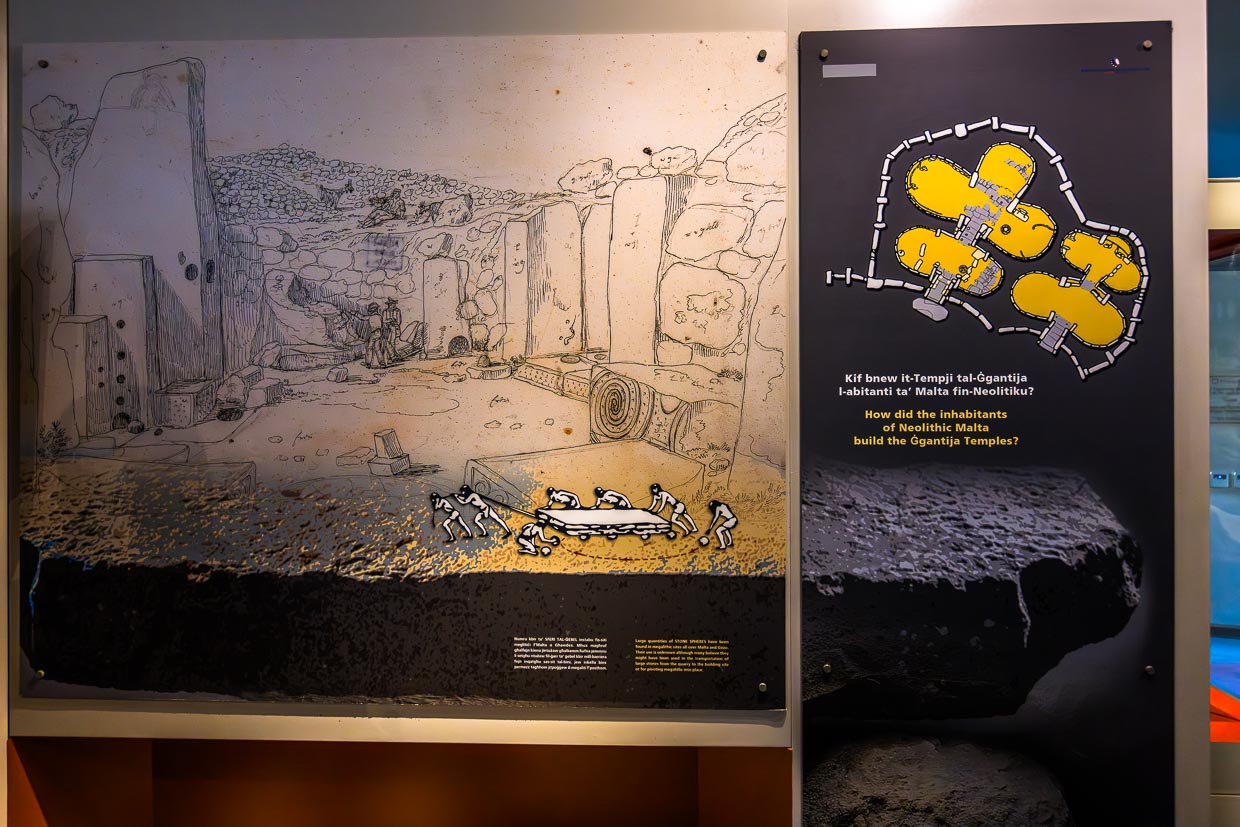
The temple phase on Malta is unique in the Mediterranean region. No similar structures have been found in Sicily.
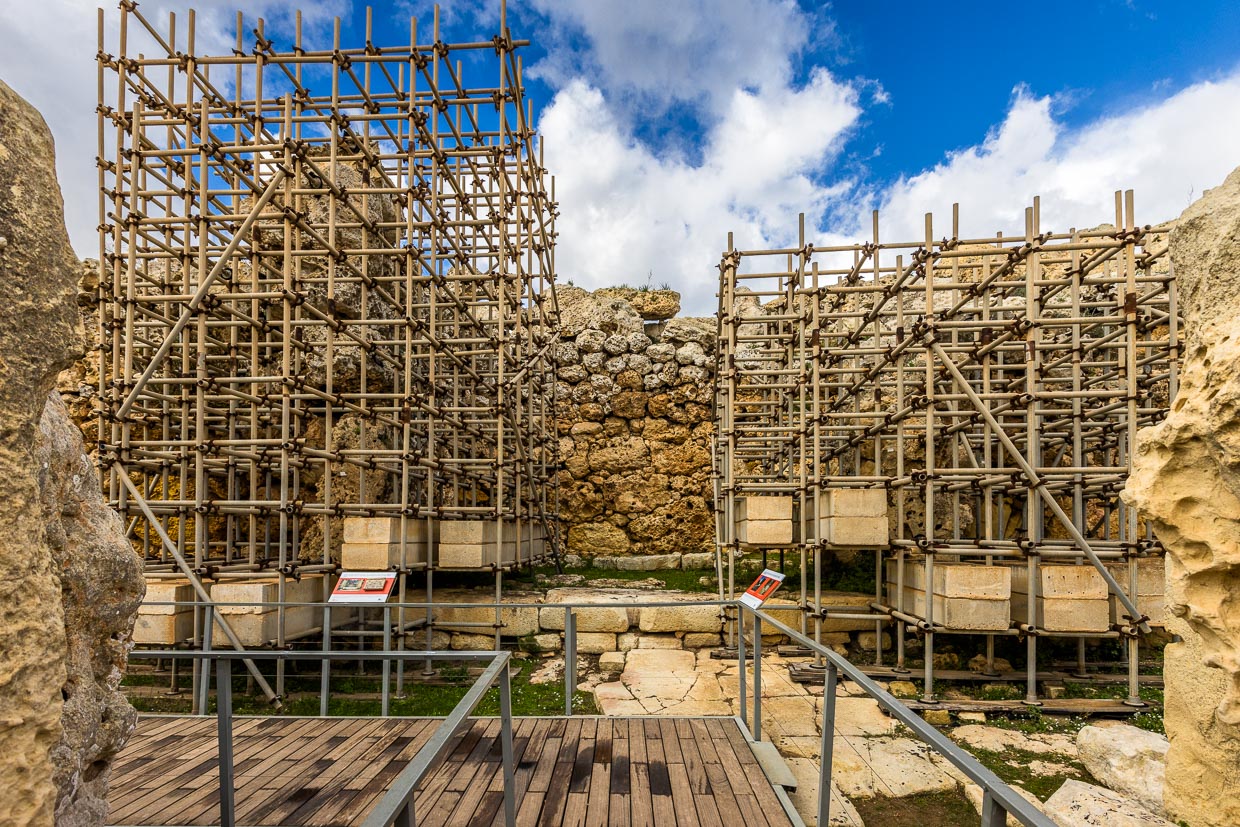
Fat ladies, shamans and twin statuettes
Burial objects, including many fist-sized stone statues, were discovered under the stone circle of Xagħra near the Ġgantija temple. The Fat Ladies of Gozo are a collection of ancient stone figurines associated with a fertility cult or the worship of a mother goddess.
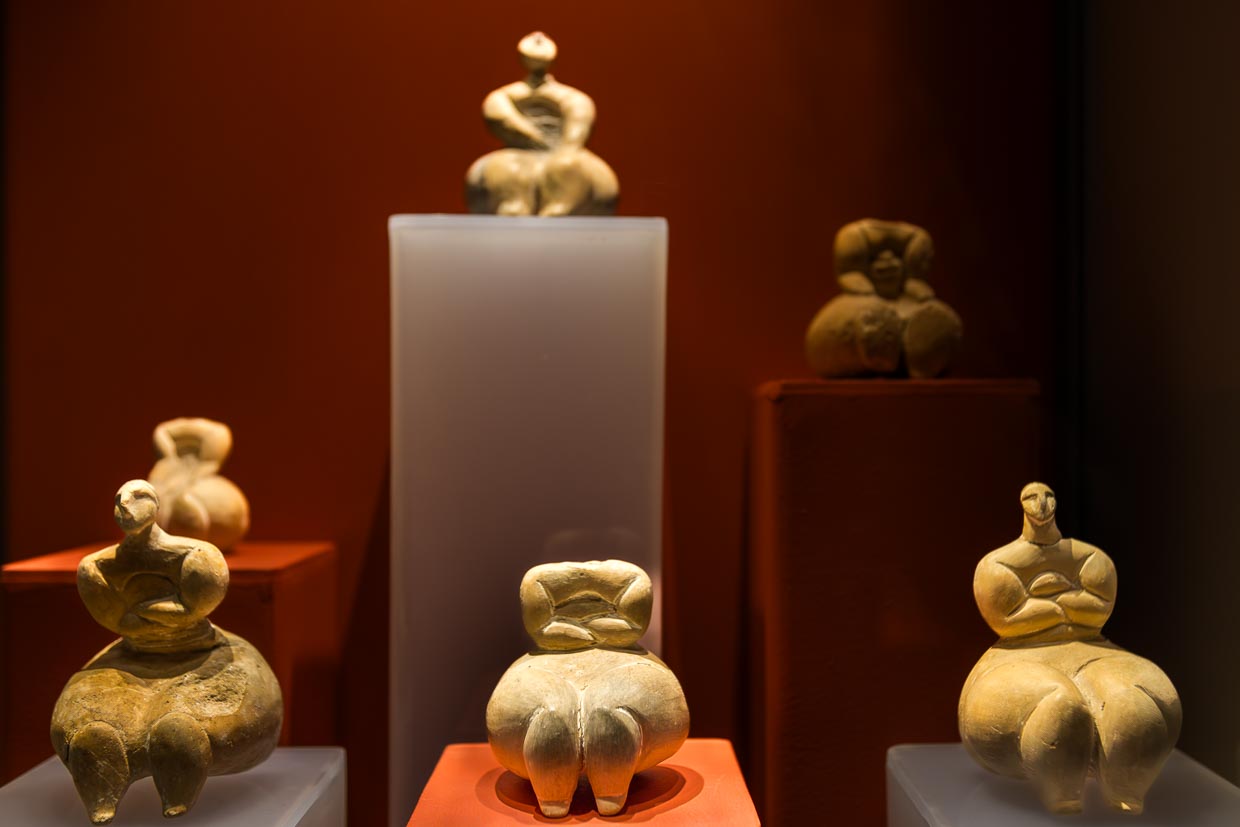
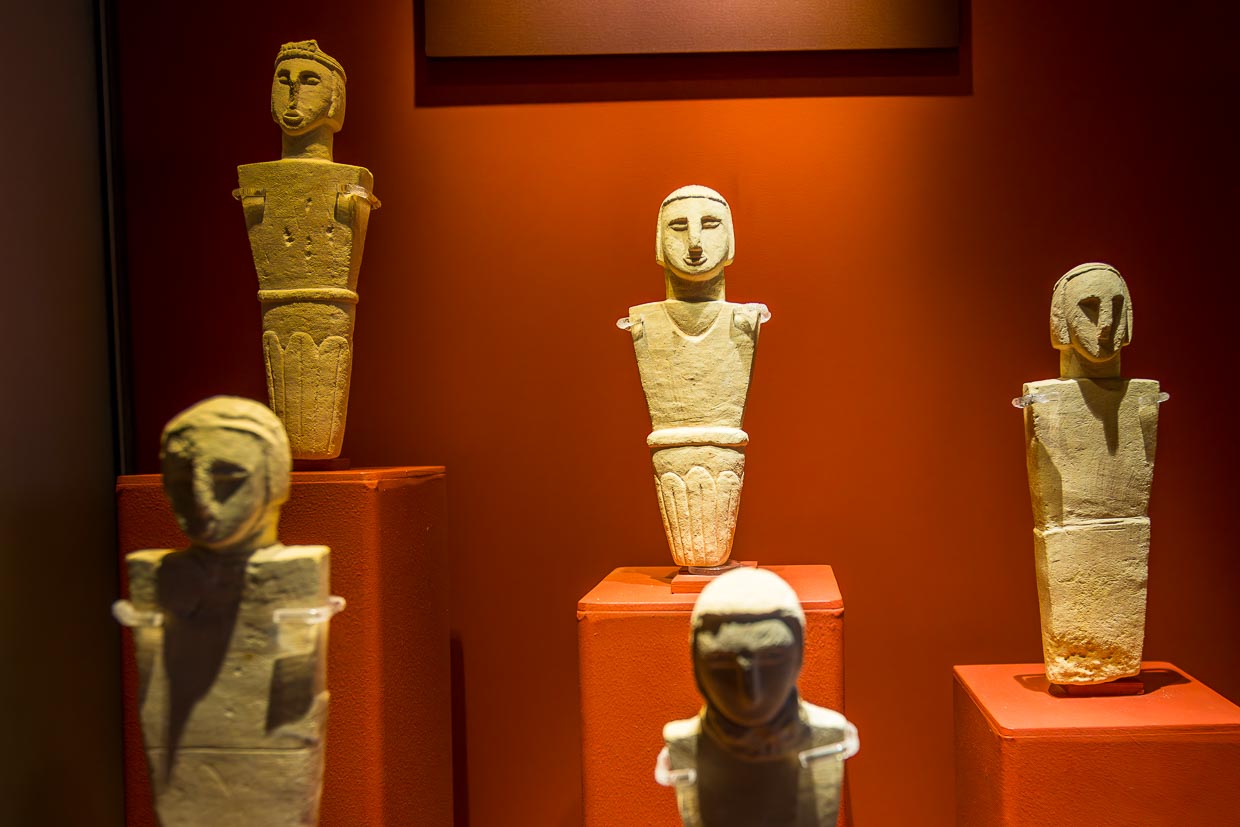
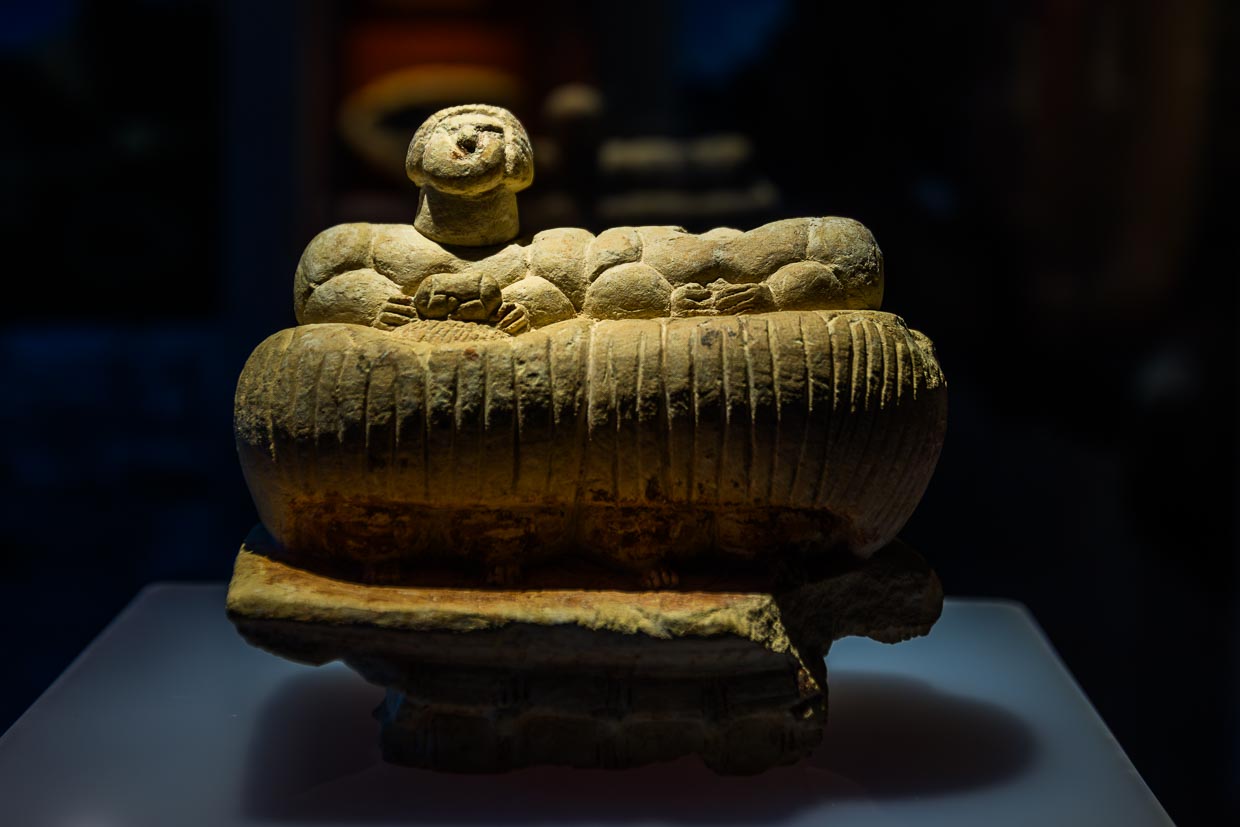
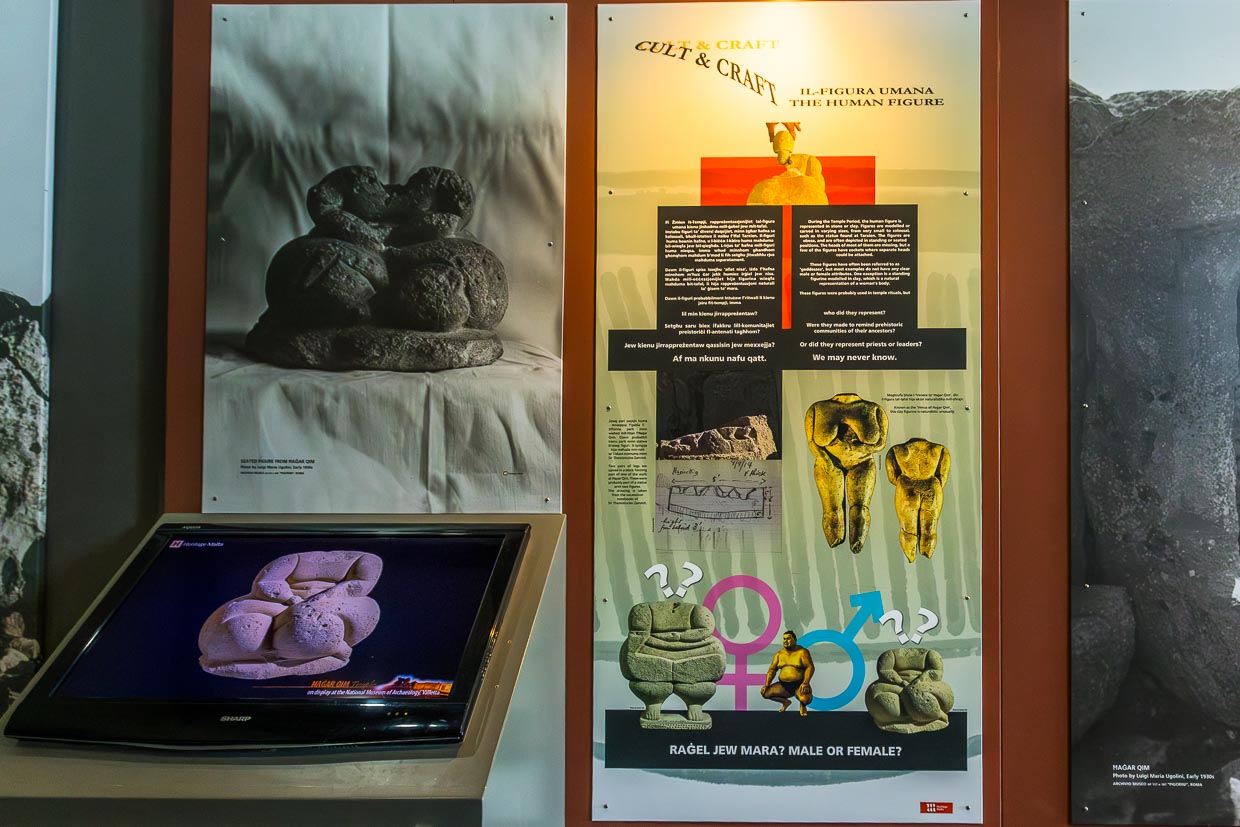
The temple of Ħaġar Qim
The Ħaġar Qim temple is located on the main island of Malta. Although it is not as old as the Ġgantija temple on Gozo, it dates back to the Ġgantija phase between 3,600 and 3,200 BC. It was built from the local globigerine limestone and is located on the southern edge of Malta overlooking the Mediterranean Sea. Since 2009, a tent dome has protected it from the elements, but unfortunately this modern construction takes away some of the grandiose effect of the Stone Age structure.
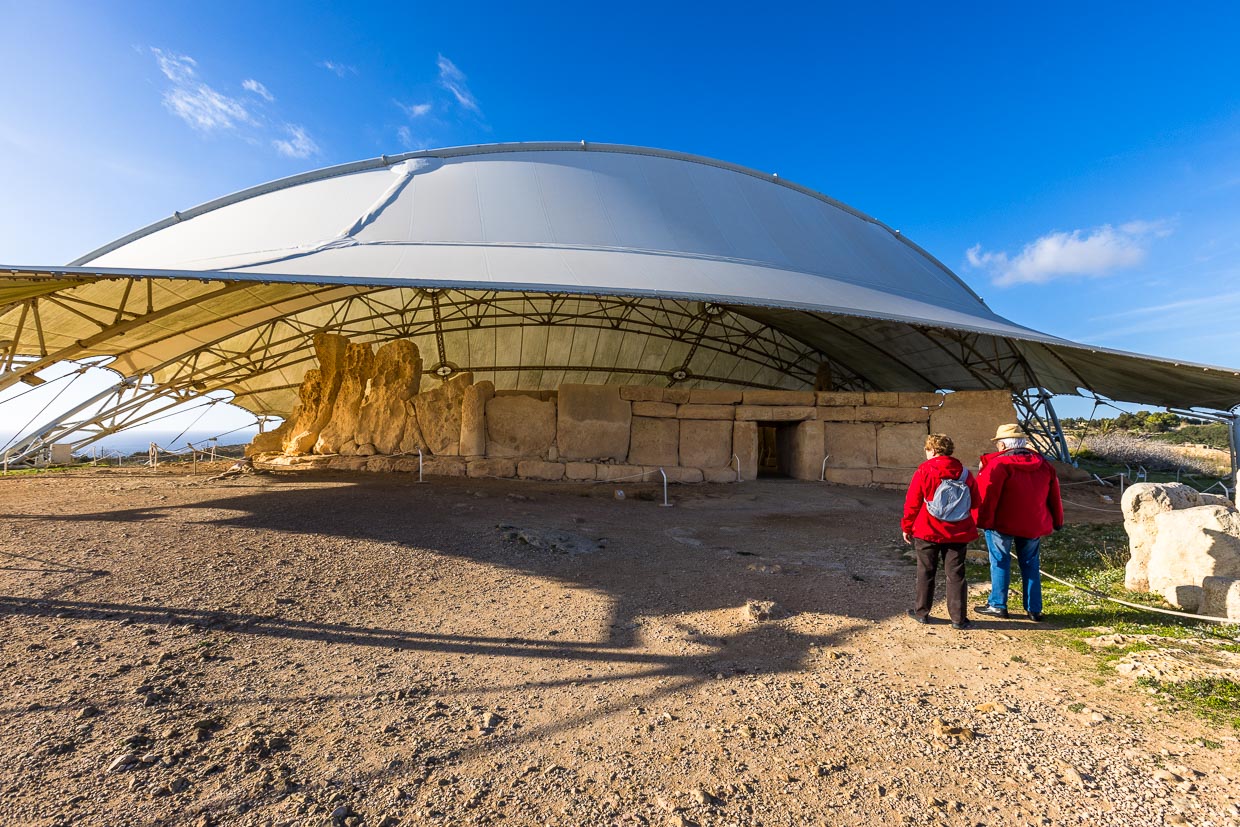
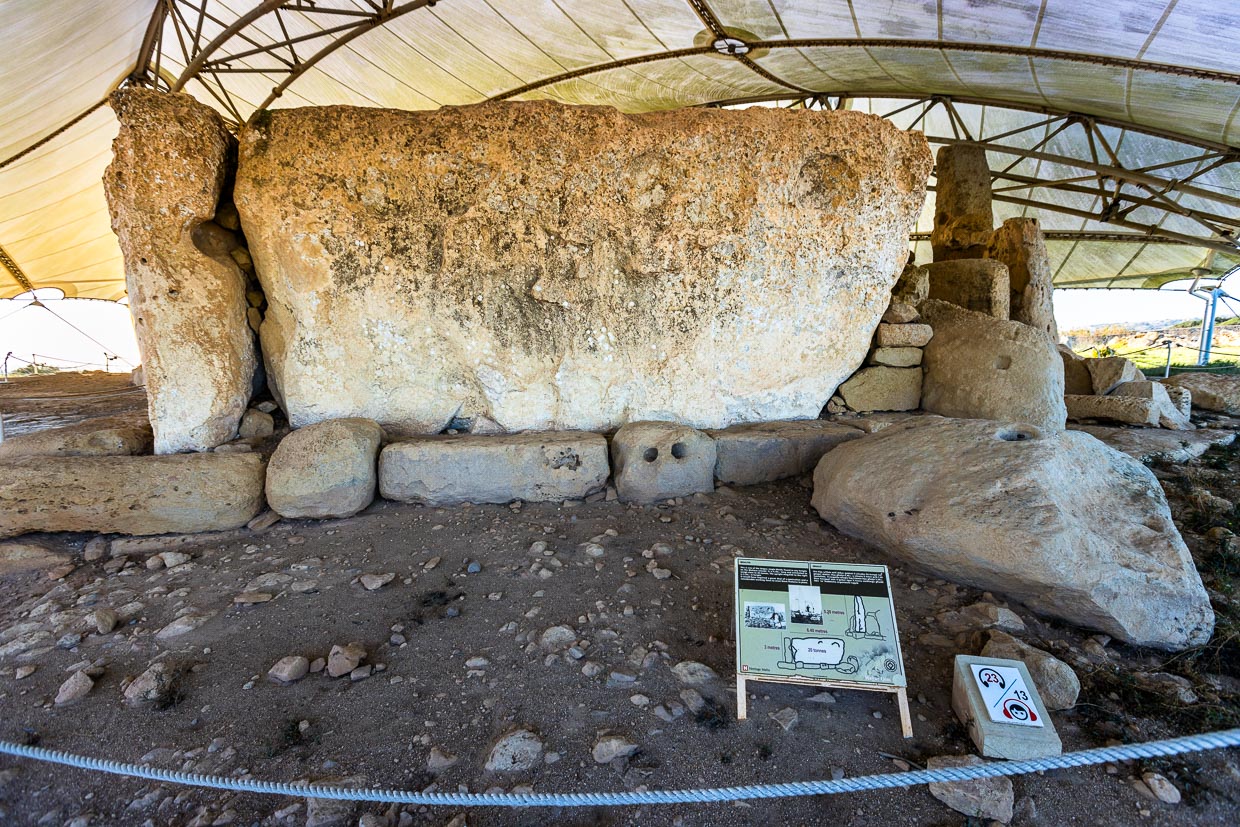
The research trip was supported by VisitMalta and VisitGozo

